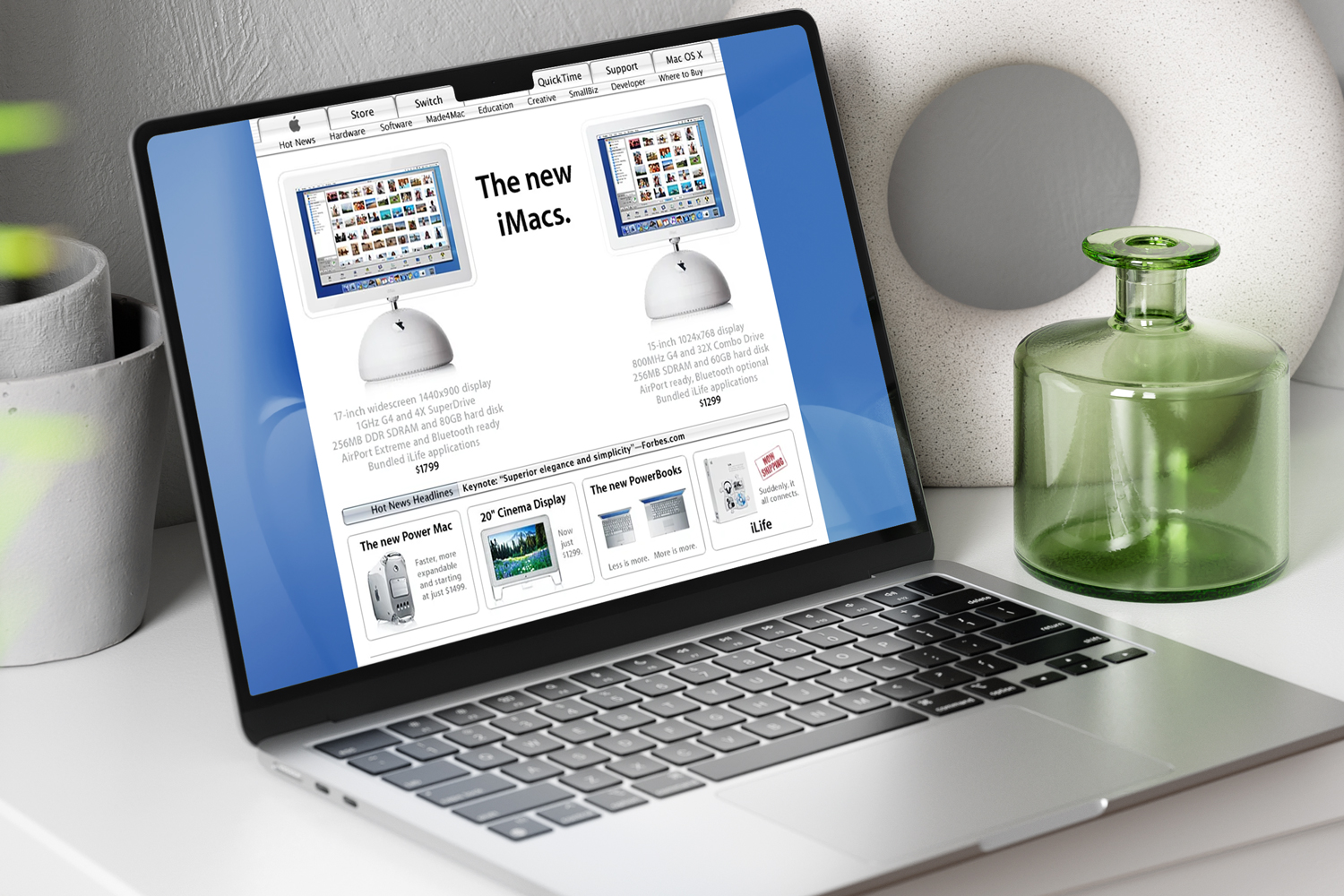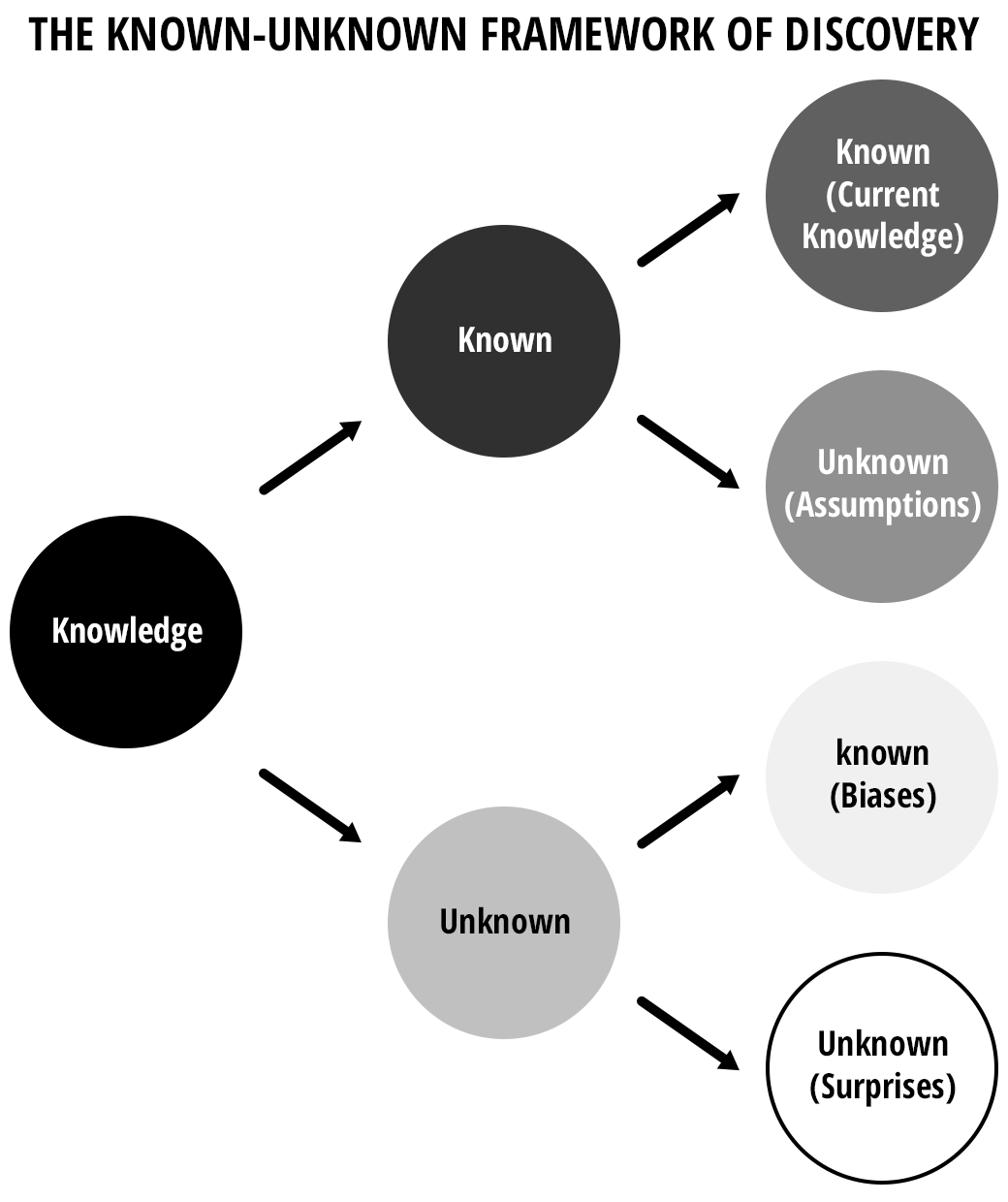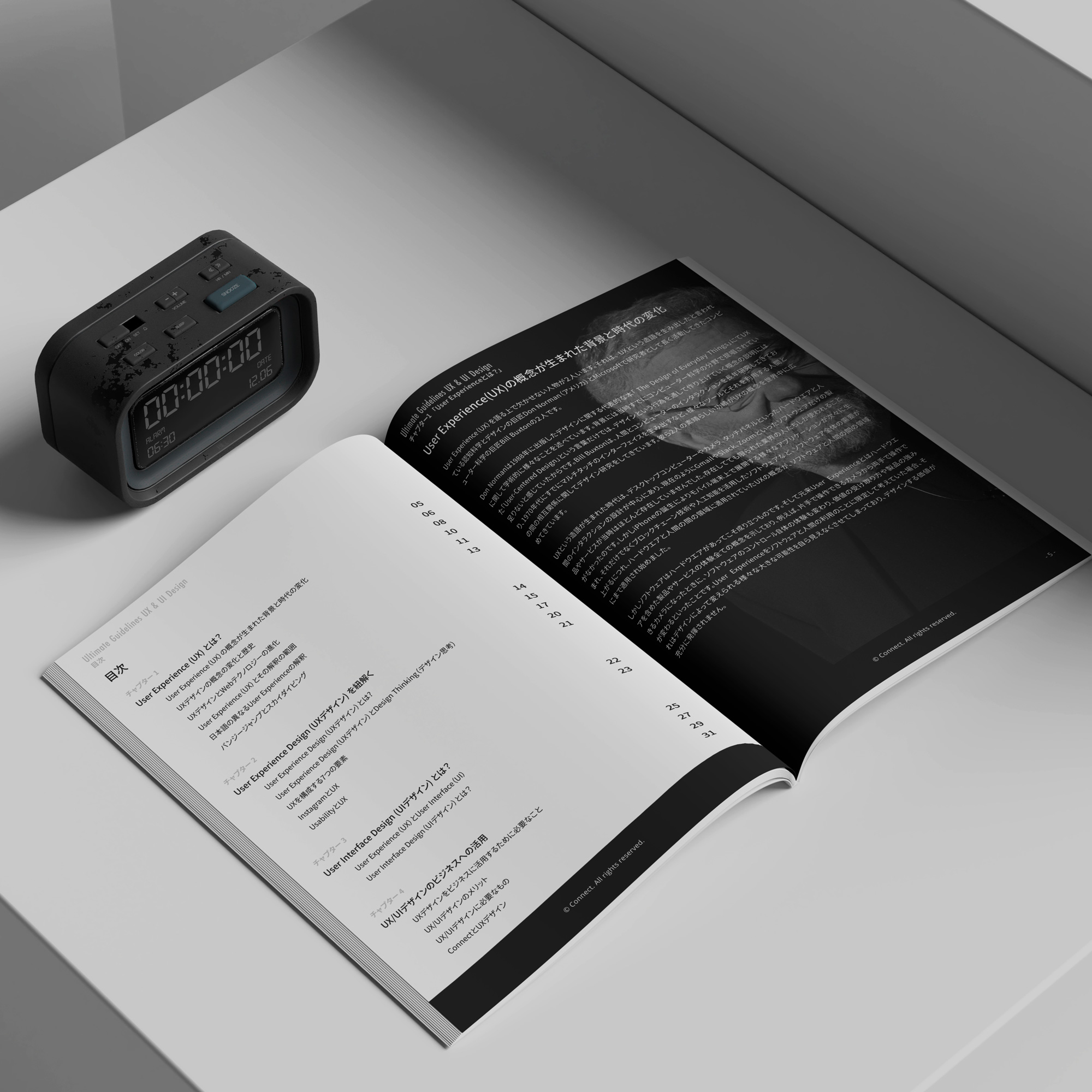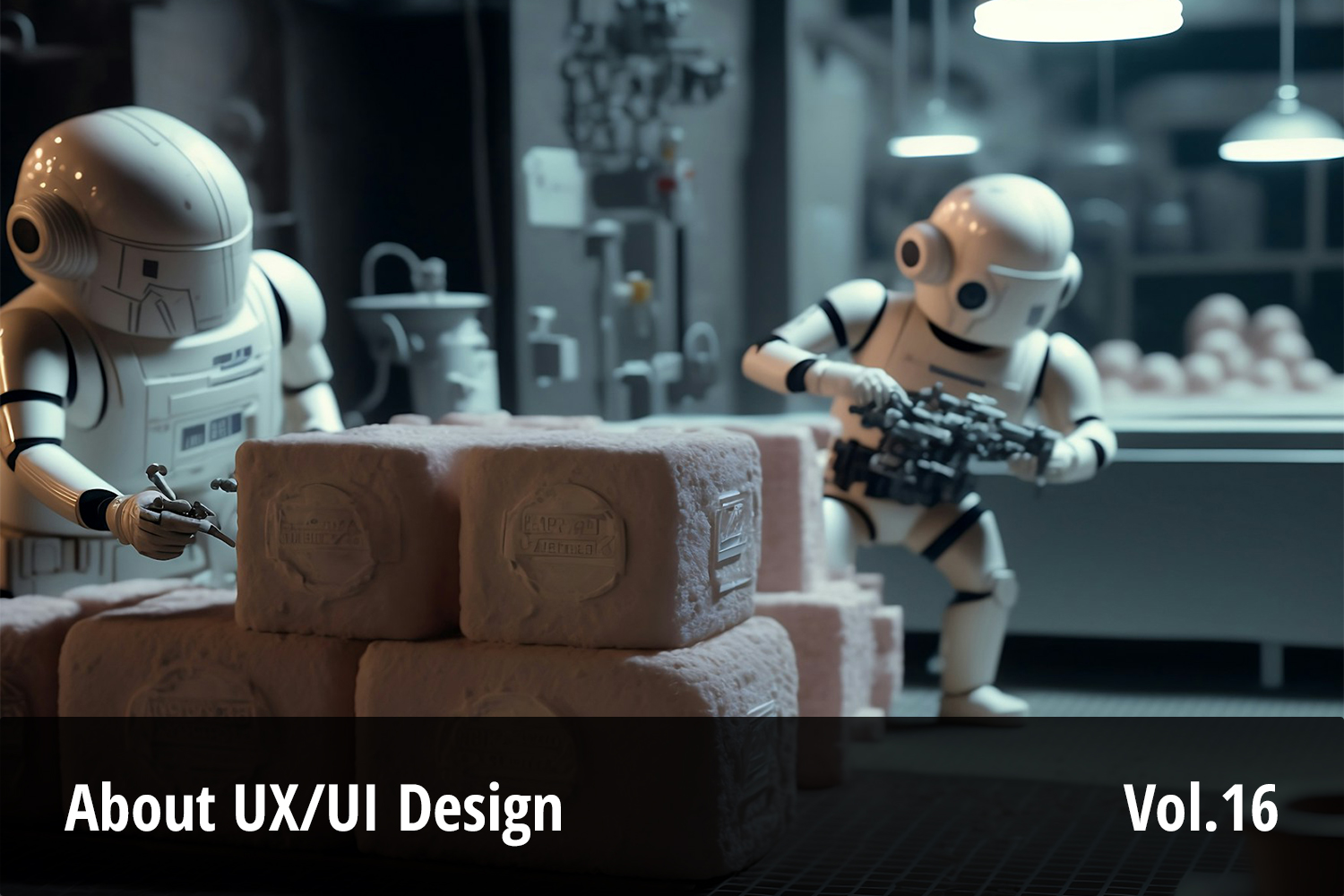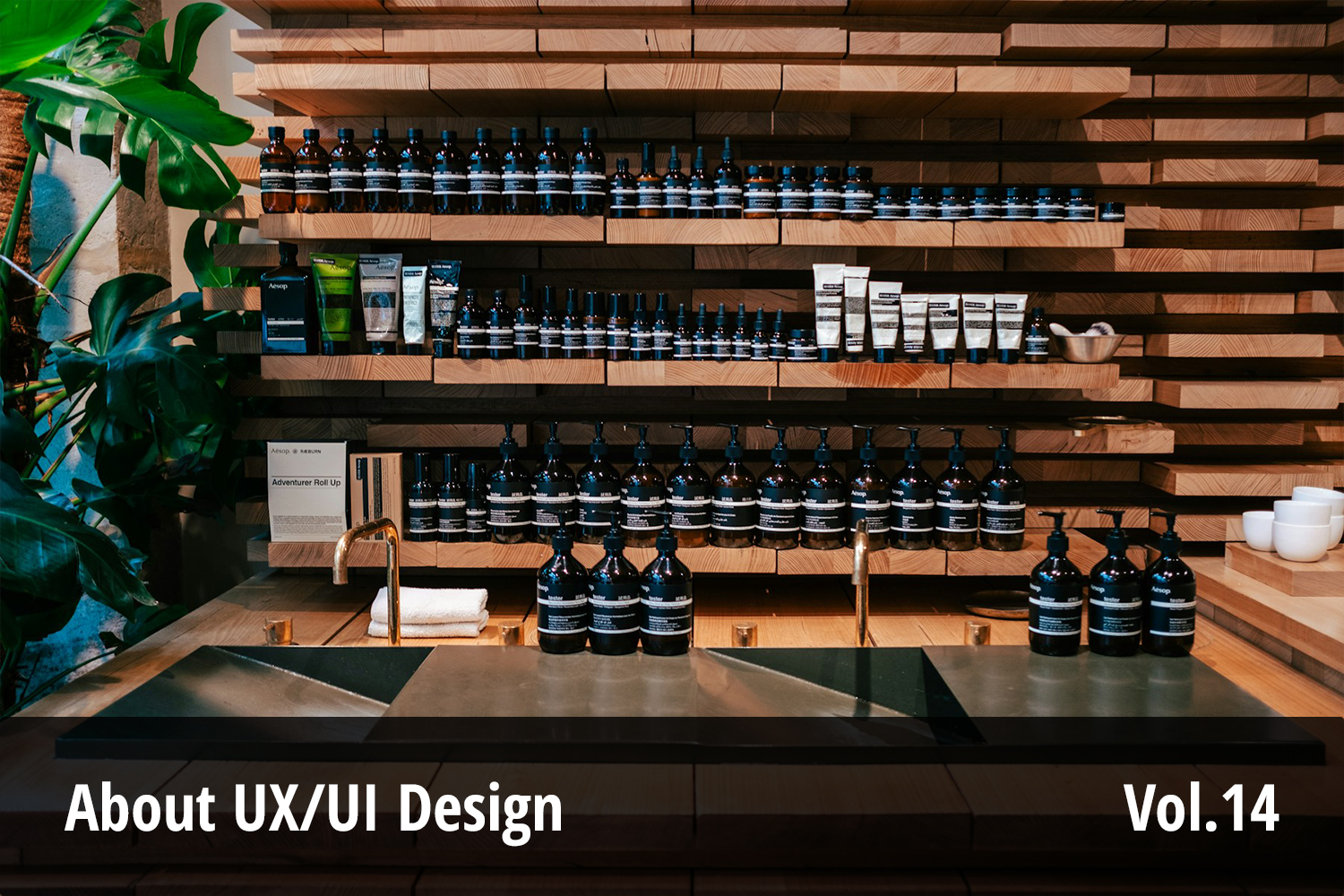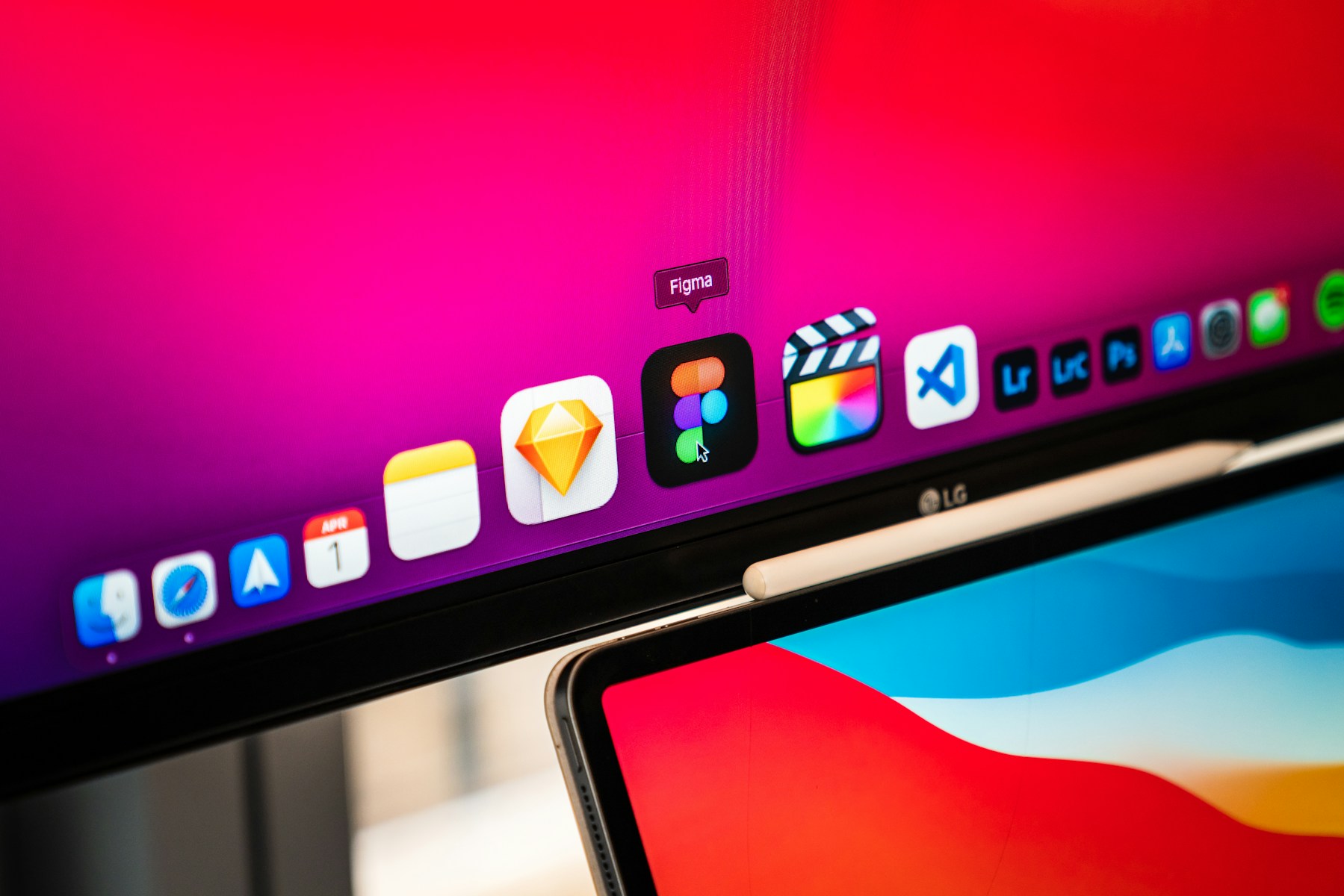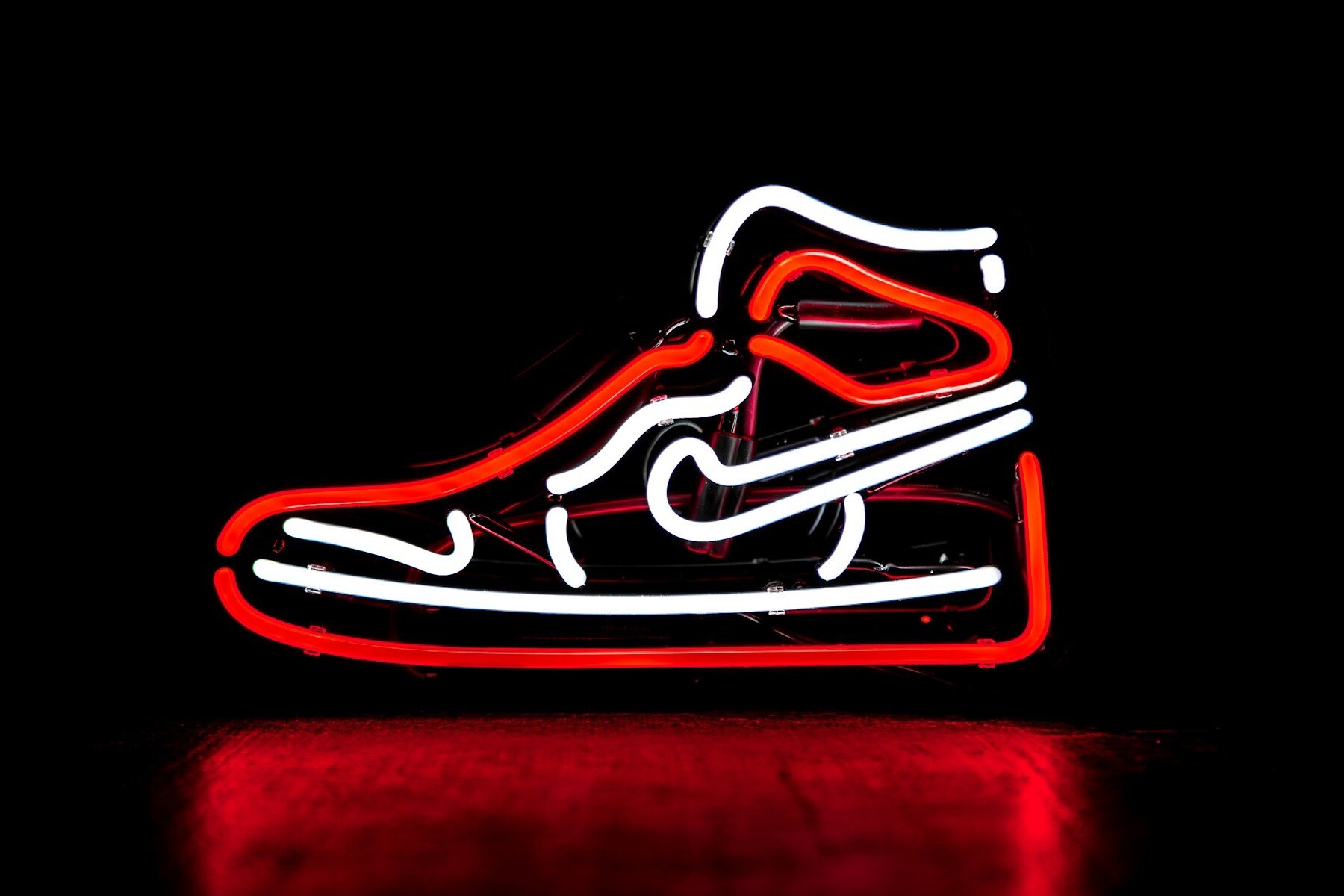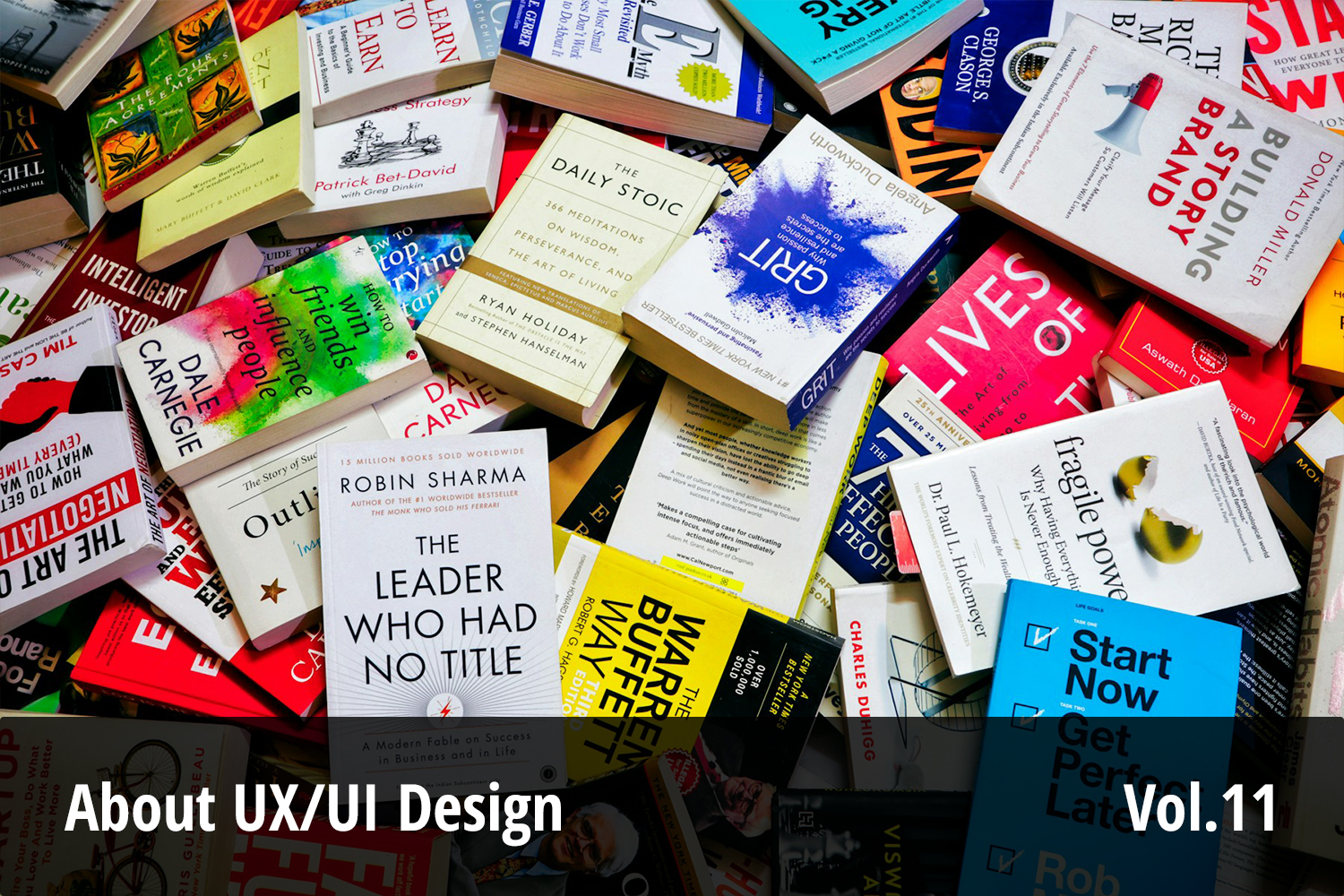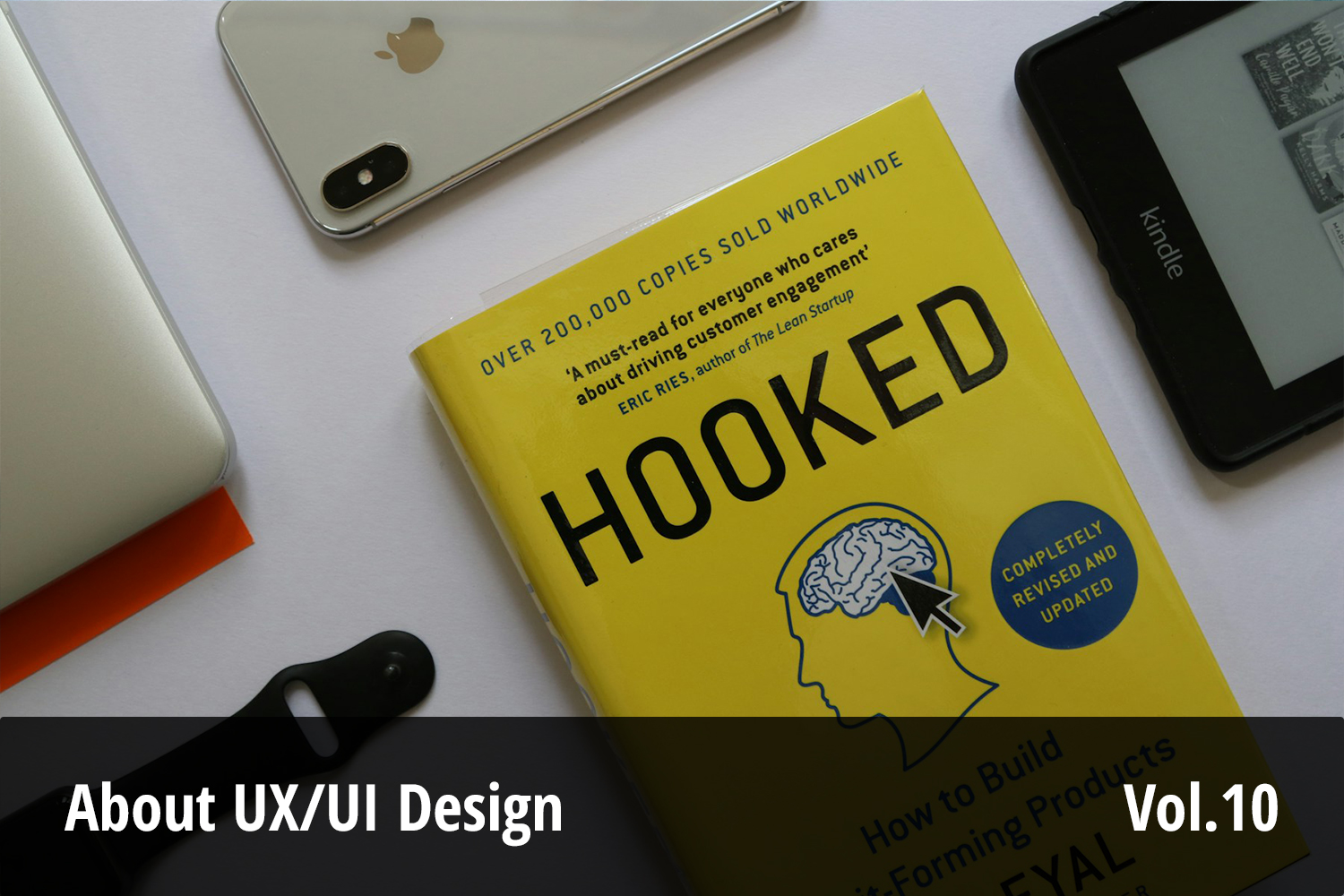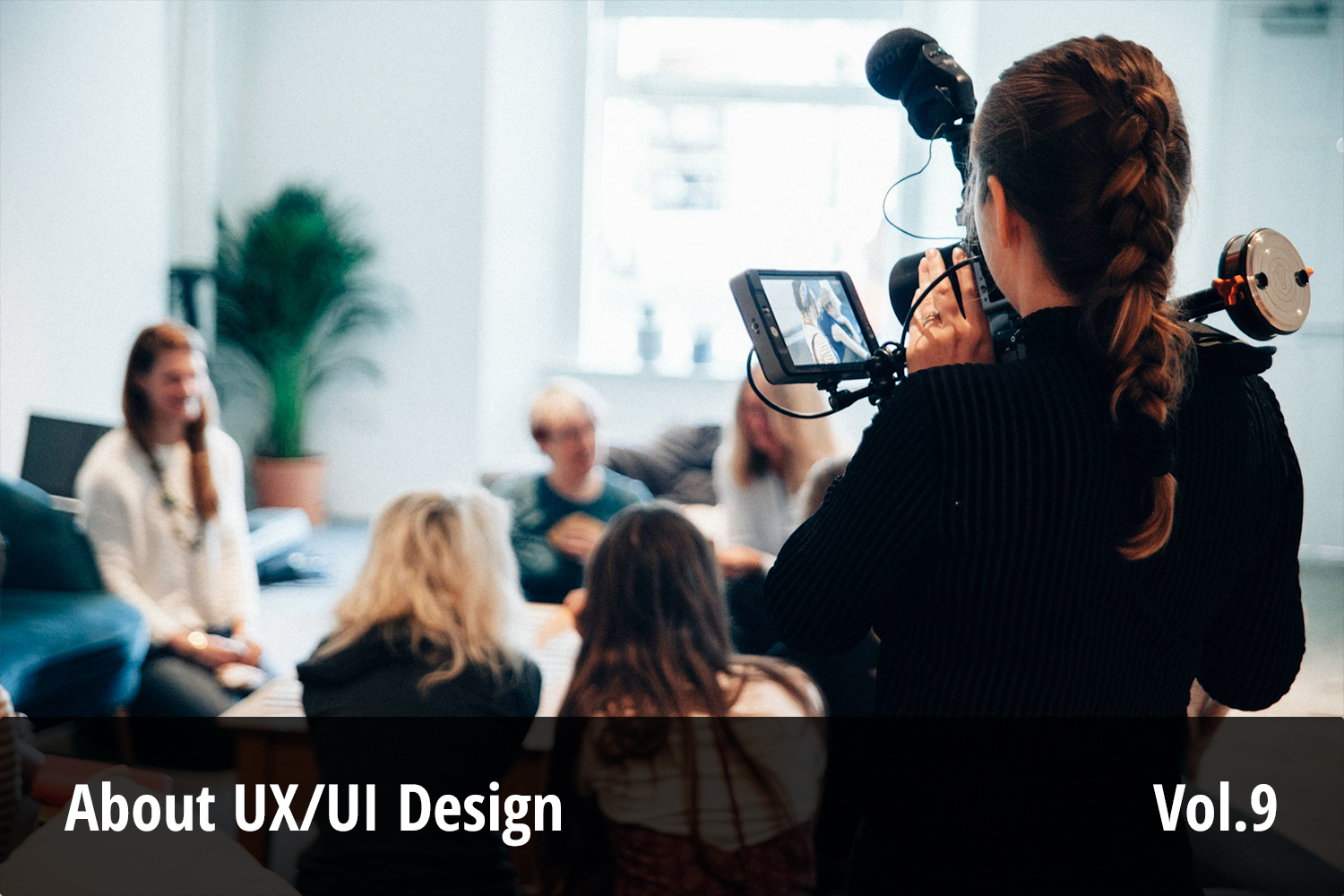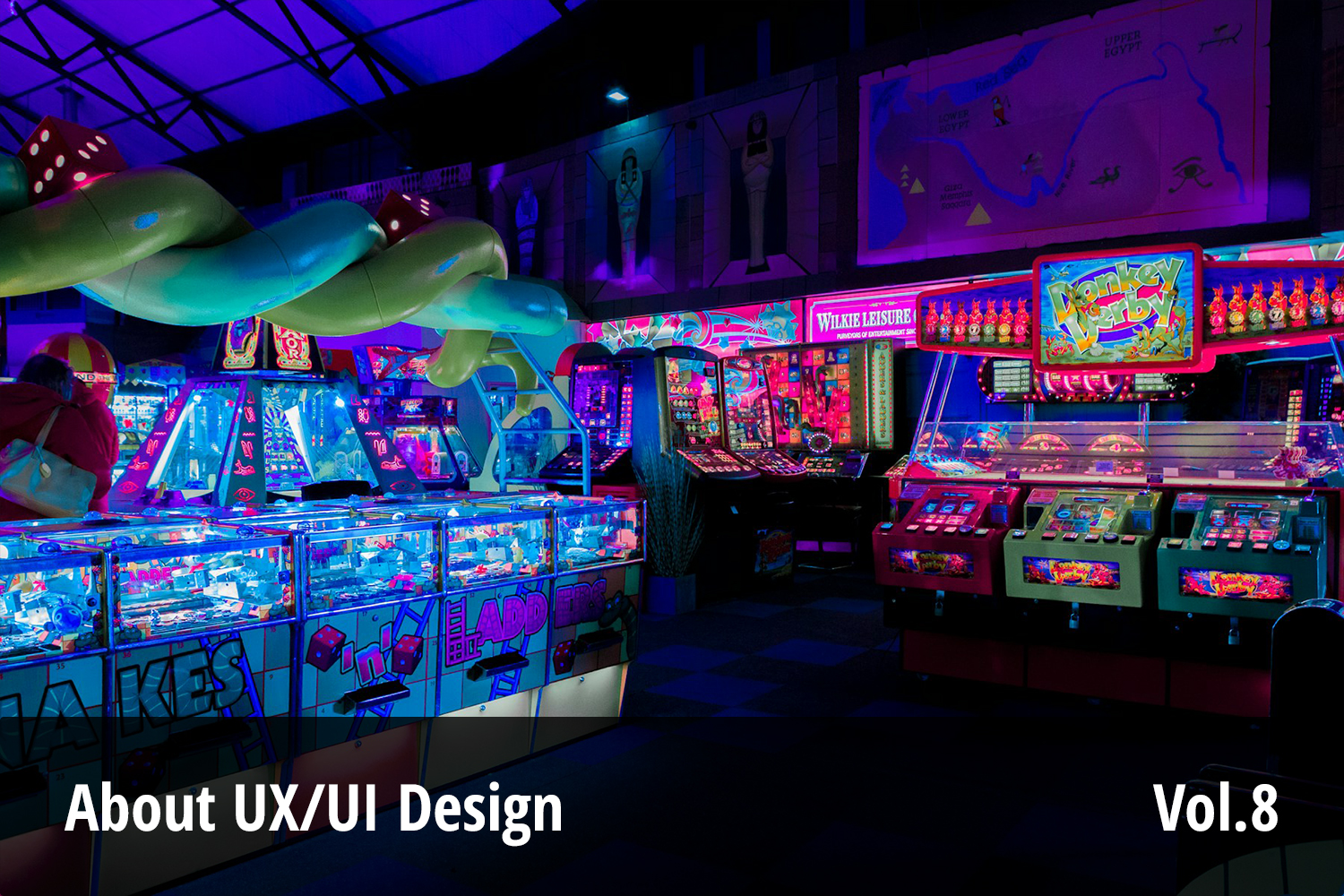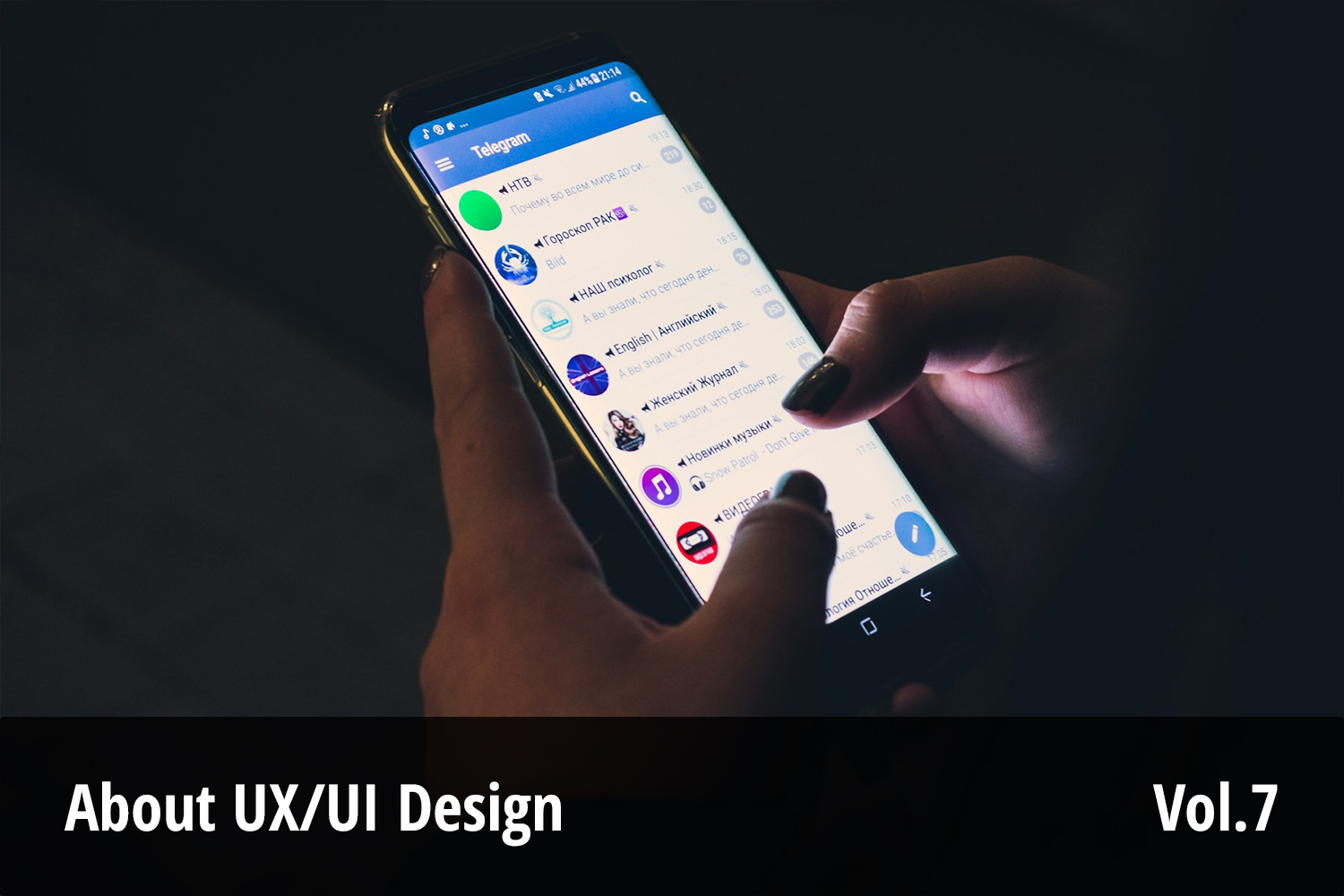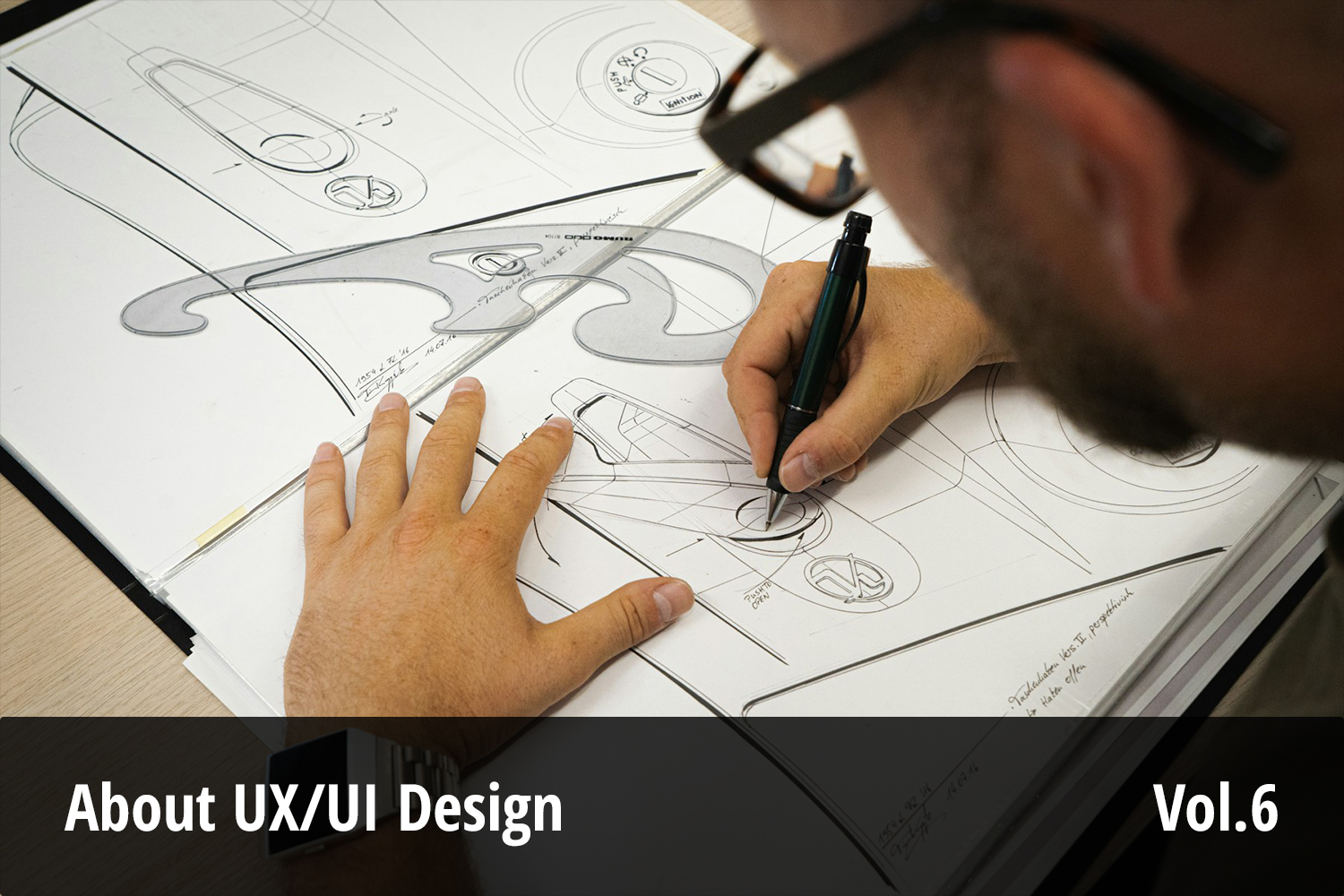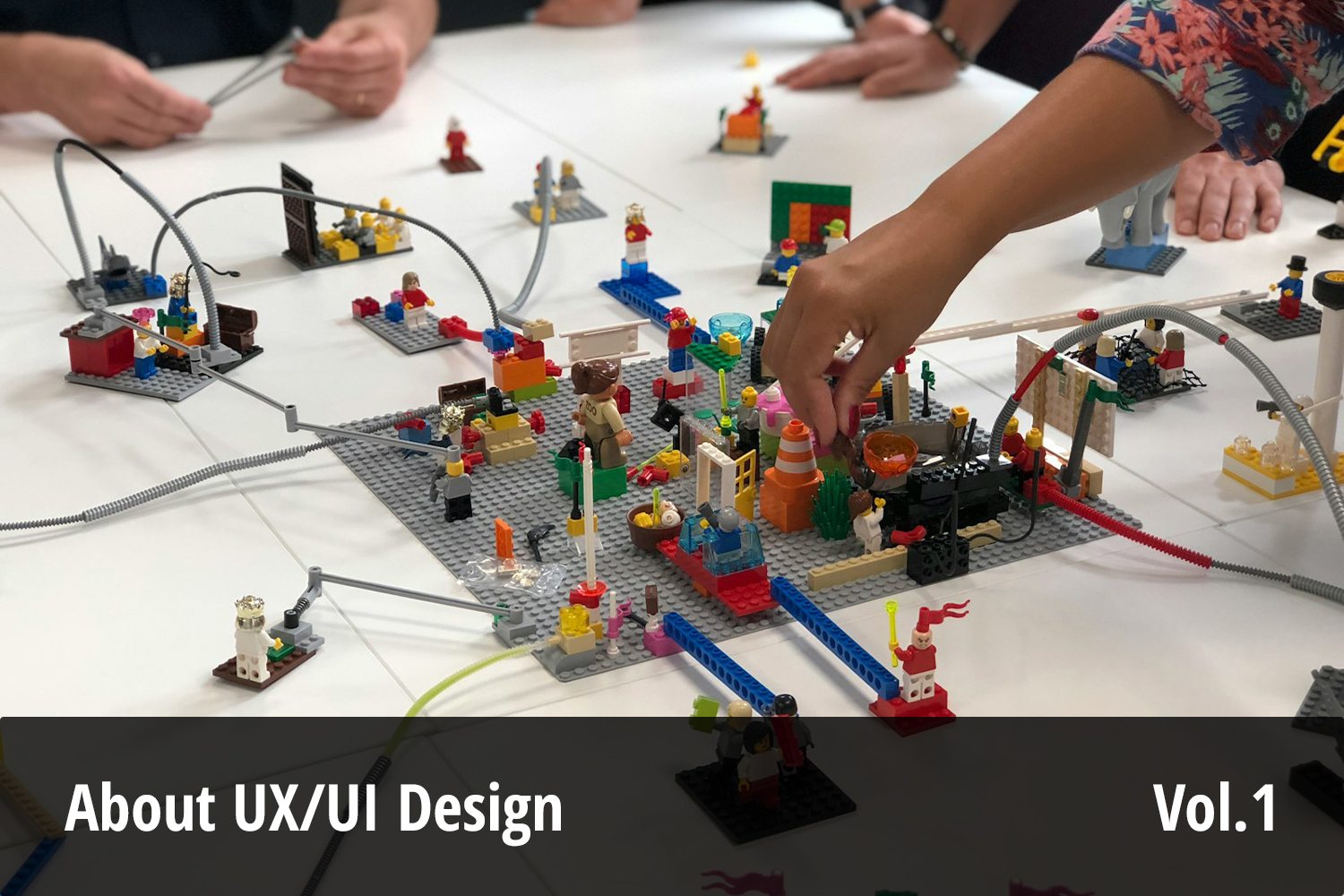In our previous article, “Difference between Nike and Adidas,” I explored how biases and heuristics significantly influence business growth from a marketing perspective. This impact has been increasing, especially since the iPhone’s debut in 2007.
This surge is largely due to the widespread adoption of smartphones, which have given people unprecedented access to information. Even without firsthand experience, people can form perceived understandings of value through the information they consume online. Biases and heuristics play a crucial role here, shaping perceptions and driving decisions. The rise of scam ads and fake news highlights the powerful effect of these cognitive shortcuts, leading to widespread misinformation. Mastering the understanding and manipulation of these cognitive functions is essential in UX design.
In this article, I’ll delve into how biases and heuristics influence UX design in practice. By examining these psychological factors, we can create more effective, user-friendly designs that anticipate and counteract biases, ultimately enhancing the user experience.
Known or Unknown?
Regardless of whether the product or service is tangible or intangible, the first step in practicing UX design is to determine the desired user interaction and set a usage goal. When setting this goal, it is crucial to consider whether your design object is existing or new. Biases and heuristics impact known entities—those widely used by many people—in various ways.
It’s common for coffee mugs to have handles, but recently, trendy cafes have started serving coffee in cups without handles, similar to traditional Japanese teacups. In Japan, where both mugs and teacups are common, serving coffee in either type of cup is perfectly normal. However, in Europe, people might find it unusual to be served coffee in a handleless cup.
This illustrates how biases come into play with familiar items, leading to the notion that “this is how it should be.” Heuristics, particularly representativeness heuristics, also influence our judgments based on familiar patterns. For someone who has only ever drunk coffee from handled mugs, recognizing a handleless teacup as a vessel for drinking coffee might be challenging.
In restaurants, mugs and teacups are usually served with beverages inside, making it immediately clear that both are for drinking. Therefore, biases and heuristics may not have a significant impact in this context. However, let’s apply this concept to software or mobile apps.
Whose Perspective to Base On?
When developing software or mobile apps, the goal is to understand how users will interact with the product and then shape it accordingly. The landscape has changed significantly since the release of Windows 95, which marked the rapid spread of the internet. Back then, the concept of a homepage didn’t even exist, and numerous experimental methods were employed to determine the best ways to display information and functionality as devices and browsers evolved.
The same applies to mobile apps. Comparing user behavior and UI expectations from the introduction of the iPhone in 2007 to today reveals significant changes. Initially, there were no established norms, and designers had to experiment to understand what users needed and expected.
Now, the challenge is to base your design on the right perspective — taking into account the evolving expectations and behaviors of users. This involves understanding historical context, current trends, and anticipating future shifts to create intuitive and effective user experiences.
Apple’s Homepage in 2003, due to the limitations of devices and technology, the capabilities for browser-based presentations were constrained. Consequently, websites of that era, including Apple’s, were primarily focused on neatly organizing information. They lacked the interactive and dynamic features we see today. The emphasis was on clean, straightforward layouts that presented information clearly and concisely, adhering to the technological constraints of the time.
In recent years, UI trends have seemed stable, with no major changes. However, with the advent of ChatGPT, the digital landscape is poised for a significant transformation once again. In about ten years, a new generation, having grown up surrounded by generative AI, will become the core of business, with AI integrated into all products and services.
As time progresses, the ways products are used and what can be achieved through design change significantly. This continuous evolution means that user expectations and norms for products are always shifting. Generational gaps can be substantial, with each generation’s foundational product experiences shaping their values differently. Understanding that perceptions of products can fundamentally differ across generations is crucial.
For static information dissemination, such as corporate homepages or news sites, the impact of biases and heuristics driven by technological evolution is minimal. However, in the development of software or apps as products or services, it is essential to establish common standards among all decision-makers—designers, sales teams, marketing teams, and business owners. Deciding whose heuristics to base decisions on or setting clear criteria in advance is crucial to ensure a cohesive approach.
Embracing the Unknown and Taking on Challenges
In the realm of software and mobile app development, which is fundamentally based on technology, adopting and experimenting with new technologies is unavoidable. Engineers and designers often advocate for these innovations, but the situation changes when it comes to the business side.
For example, when attempting to introduce new coding technologies or innovative design layouts, the fear of client criticism or failure can lead to overestimating risks and prioritizing safe, conventional choices as a team. This is known as loss aversion bias, where the tendency to avoid losses (failures) outweighs rational decision-making. The actual probability of loss or failure cannot be known without trying. The odds are likely fifty-fifty, and if the market demands these innovations, the likelihood of success might even be higher.
One method for determining whether the challenges faced or the experiences to be designed are known or unknown is called “The Known-Unknown Framework of Discovery.”
From personal experience, I can assert that in software and mobile app development, when a new technology or design approach is proposed, it is crucial to adopt it swiftly and let the team gain hands-on experience—unless it is prohibitively expensive. If the innovation proves ineffective, it simply does not get commercialized. Spending excessive time on research and deliberation instead of gaining practical experience can be detrimental in this industry.
Not all new technologies or unknowns are inherently good, especially when it comes to their potential business impact. However, in UX design, challenging the unknown is essential for creating new value. Without a willingness to embrace the unknown, it cannot be translated into business success. Therefore, in practicing UX design, it is vital for the team to understand biases and heuristics while also striving to reduce resistance to the unknown and maintaining an open, accepting attitude.
Get a Free UX Consultation!
No matter the scope of your project, it’s advisable to consult a UX design expert early in the process. While not every situation may require a UX designer—sometimes a UI designer or even your existing team resources can suffice— recognizing this early can save on unnecessary expenditures. Engaging the right expertise from the start ensures that your project is not only cost-effective but also aligned with the best practices in user experience design.
Free Download
At Genki Brothers, we have initiated the startup “Connect” with the aim of exploring the integration of UX/UI design within business contexts.
For those interested in creating innovative and unprecedented experiences in your business endeavors, we encourage you to read our book. Please complete the submission form provided below. Upon receipt of your email, an automatic reply containing the download link for the book will be sent to you.
With over 20 years of international experience in digital design, product development, and strategic business leadership, Yoshi's had the privilege to lead high-profile projects for global brands like Nike, Converse, and Airbnb, where I demonstrated exceptional proficiency in crafting compelling business pitch decks and translating complex technical concepts into user-friendly designs.
Other Open Sources

